However, just like any change, digital transformation does not occur from one moment to the next. No organization is transformed overnight from traditional to digital. This is a longer process that takes time, but is essential for maintaining competitiveness.
Although it is envisaged that these stages will occur linearly one after the other, but depending on the goals and resources the company has, they can be realized overlapping.
- learning about future marketing trends
- the initiative of organisational digital development
- strengthening the urgency of continuous change
- planning and development of new processes, goals
- introduction of new learning and training opportunities.




